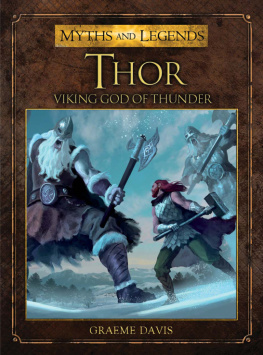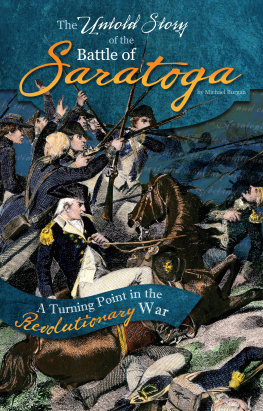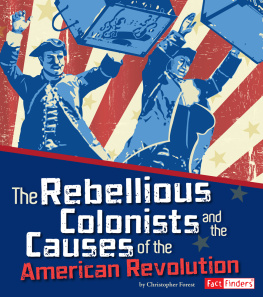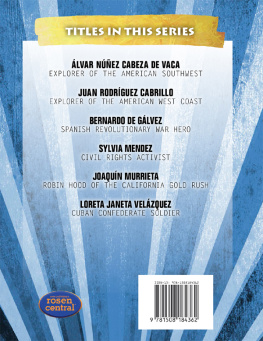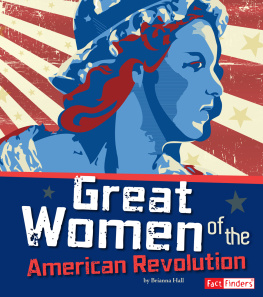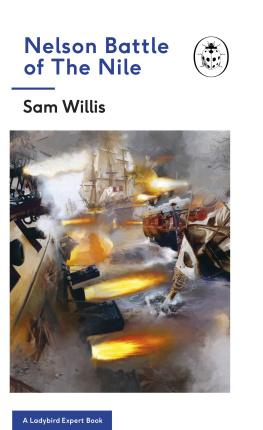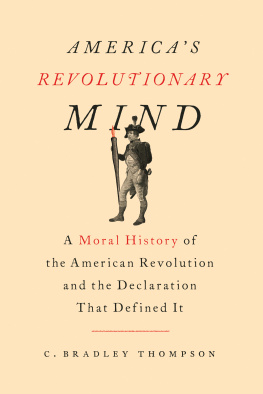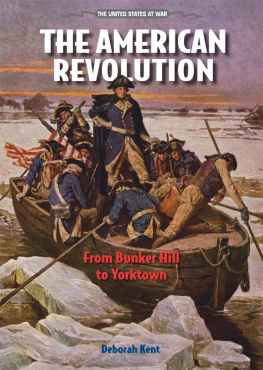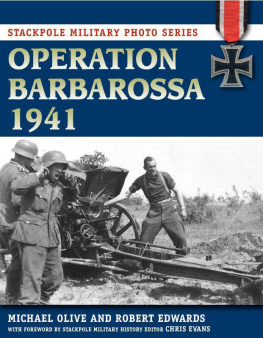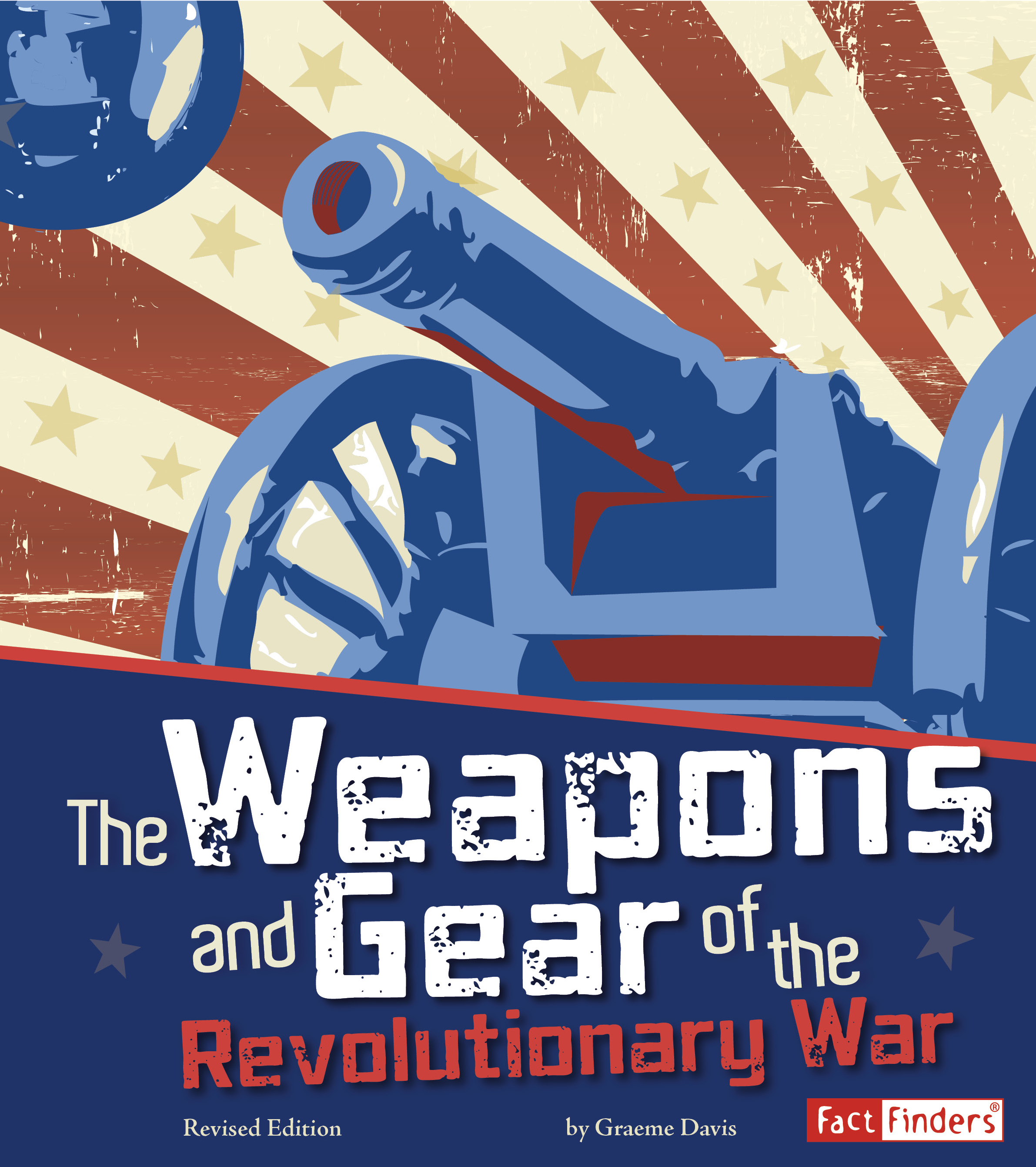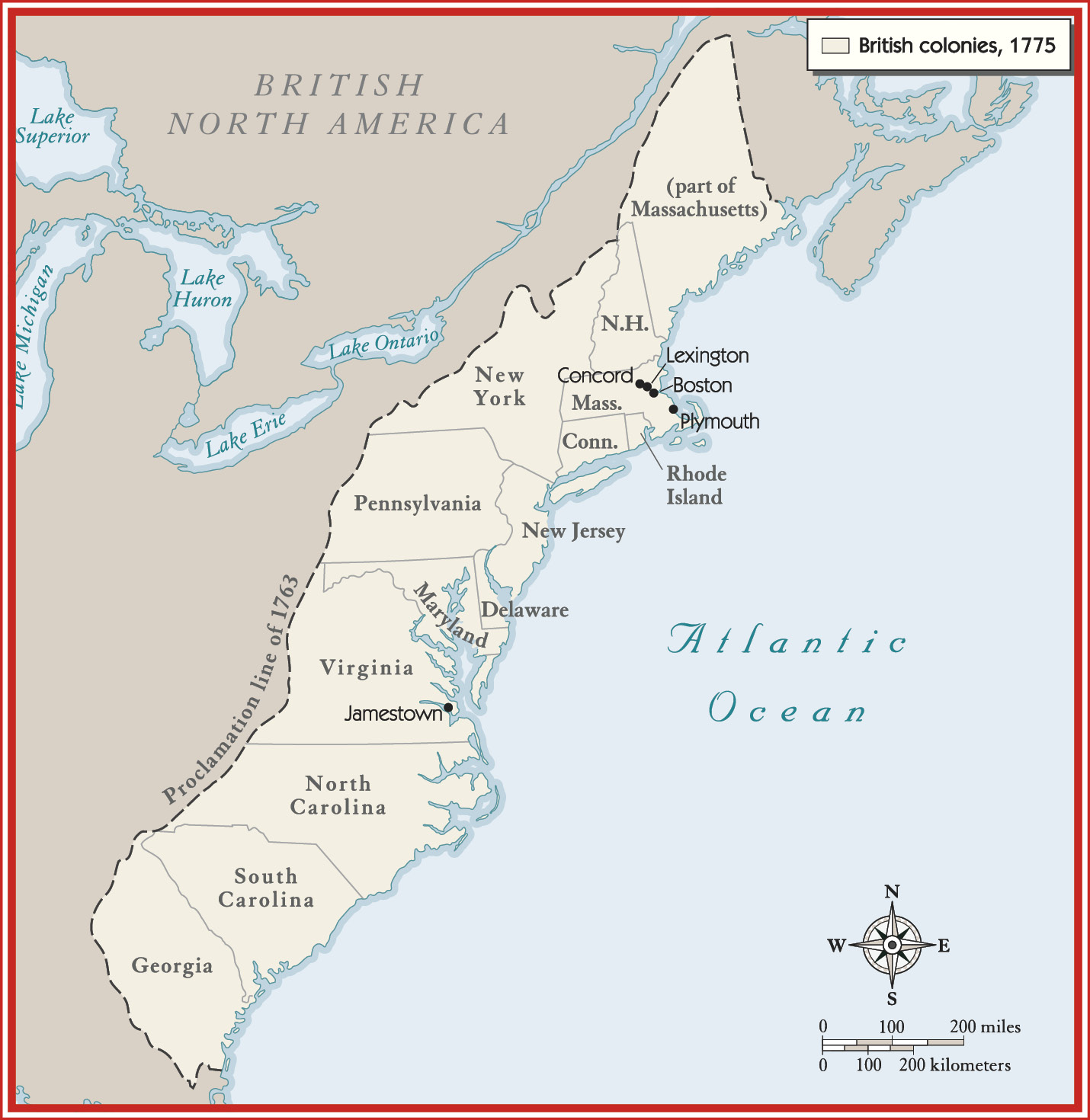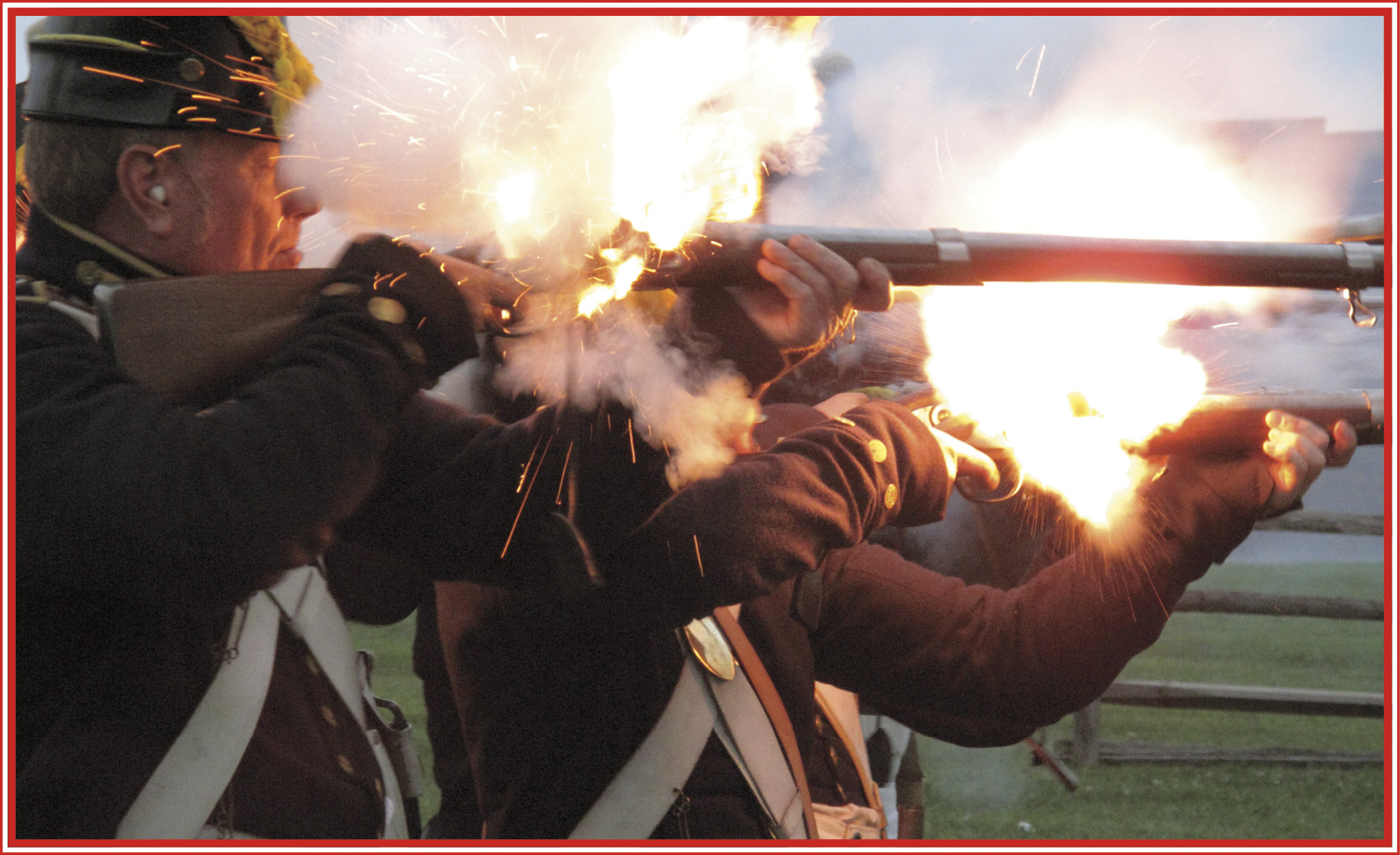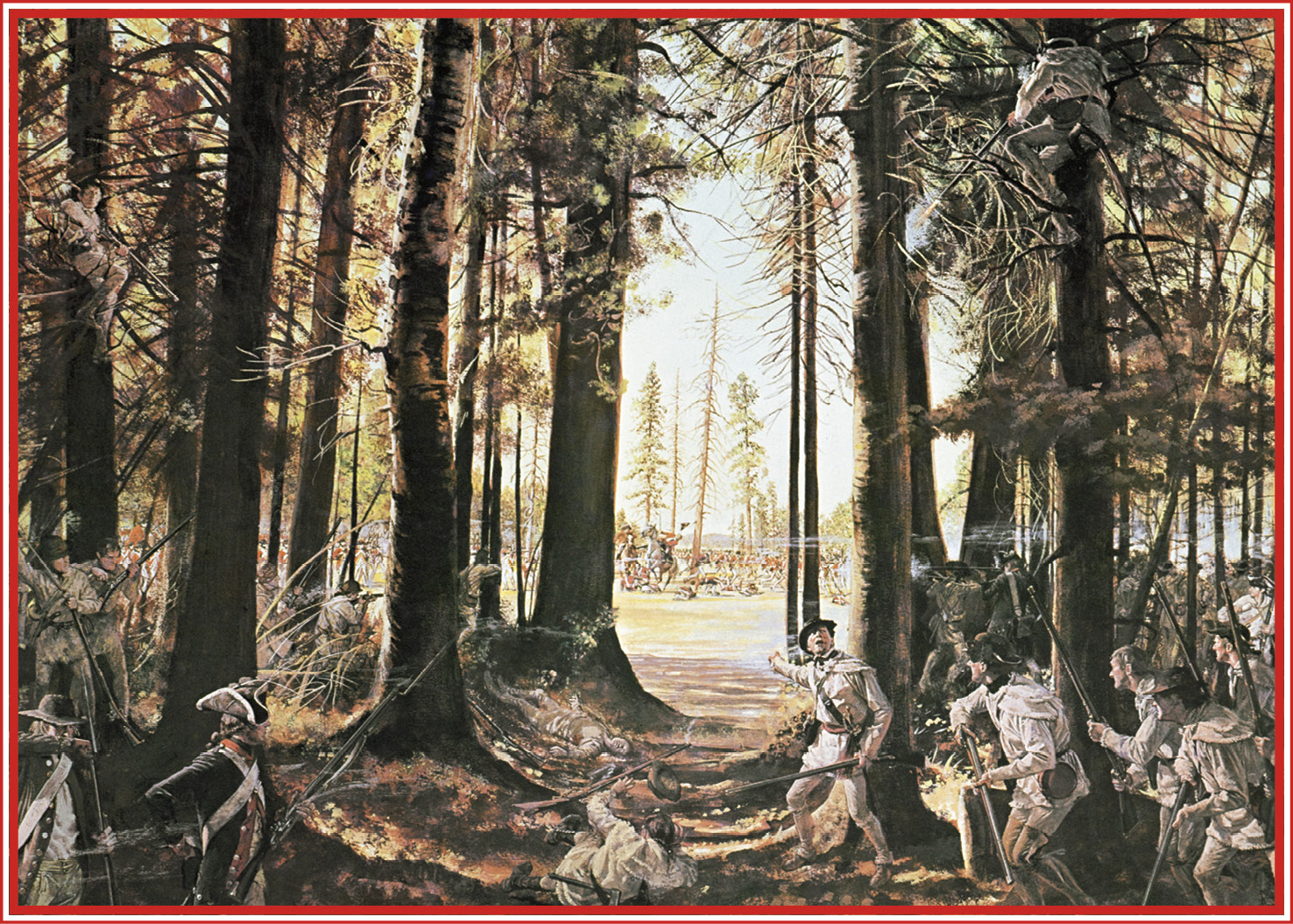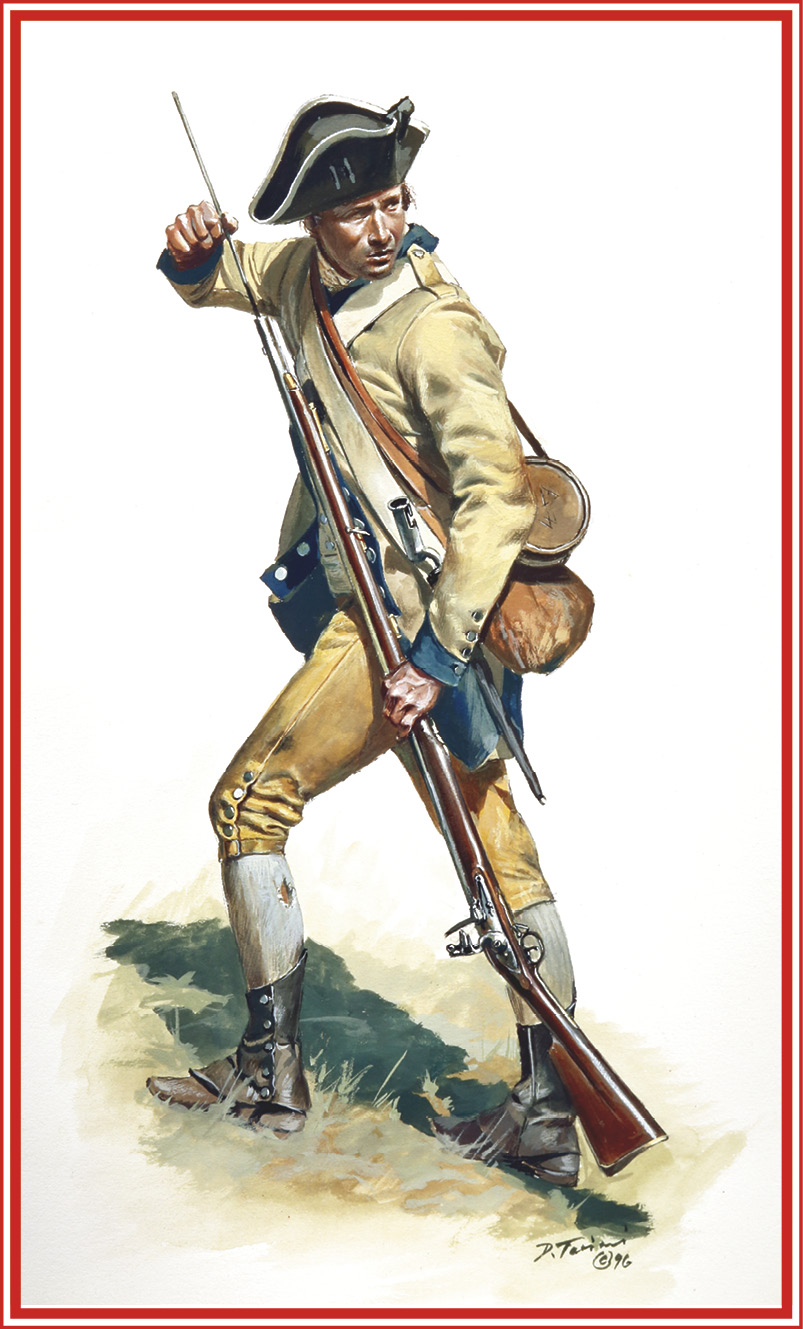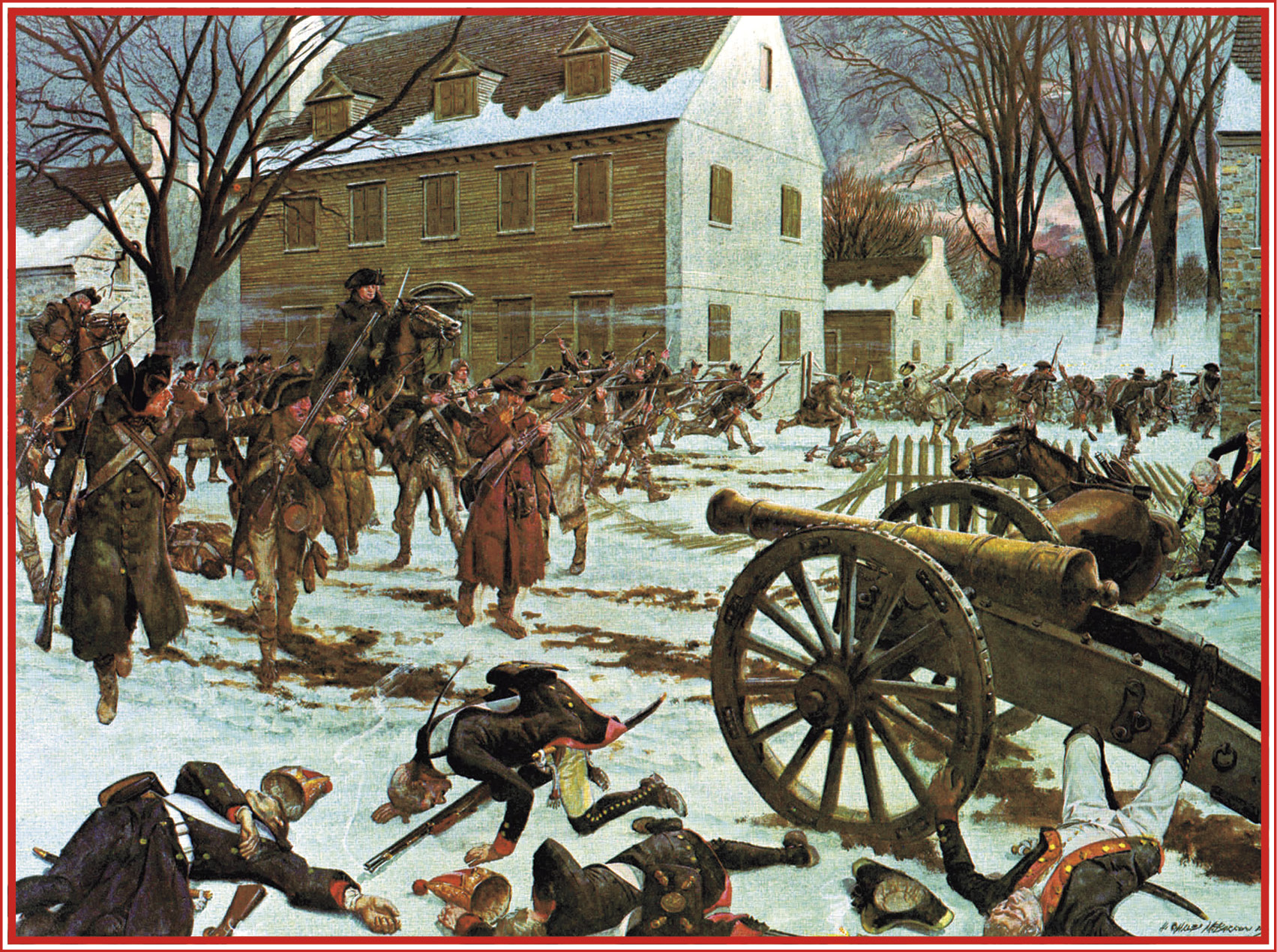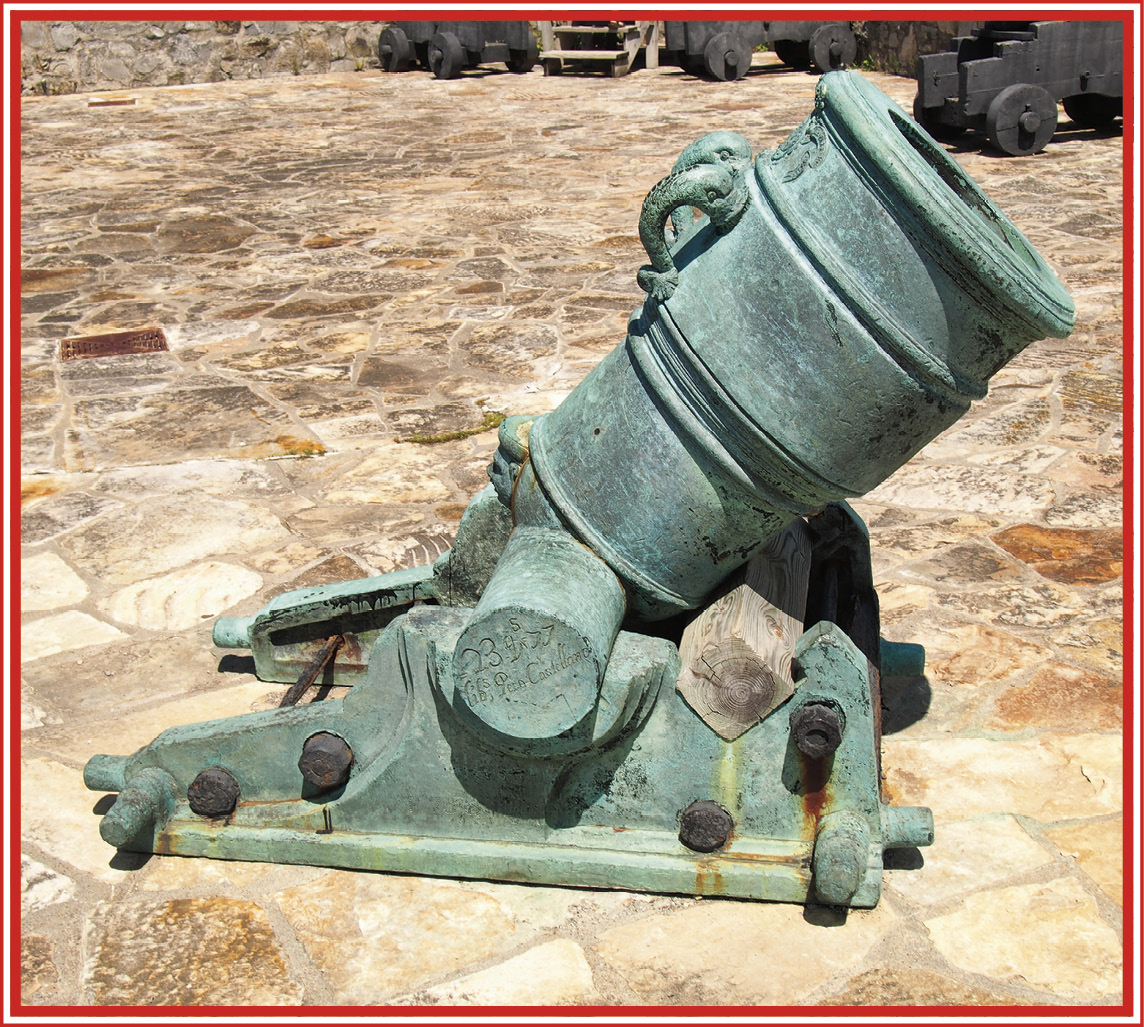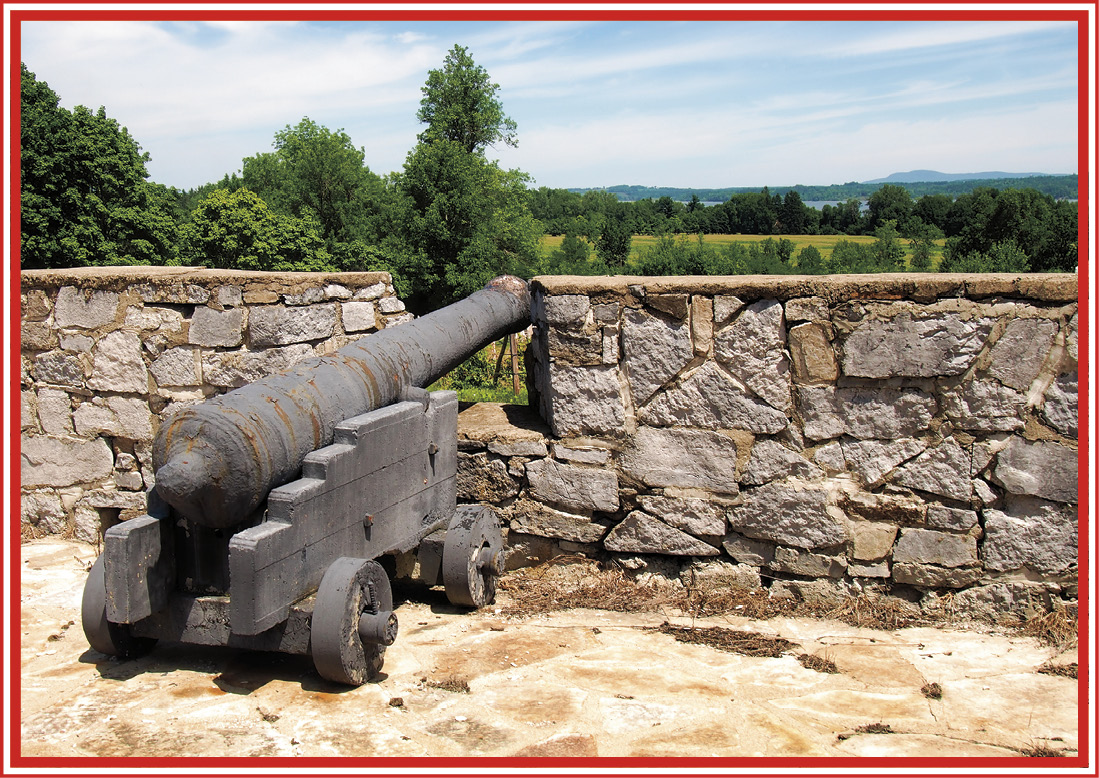CHAPTER 1
Great Britain vs. the Colonies
The year was 1775. Trouble between Great Britain and the American Colonies had been building for years. The British Parliament taxed the to help pay for Great Britains costly war against France. The colonists had no representation in Parliament and could not object to the taxes. When the colonists complained, Parliament passed harsh laws to punish them. They even sent British troops to keep order.
Finally, on April 19, the trouble erupted into gunfire. Colonists in the Massachusetts Bay Colony clashed with British troops in the towns of Lexington and Concord. The Revolutionary War (17751783) had begun. The war dragged on for eight years, killing thousands of American and British soldiers.
From the start, the colonists fought an uphill battle. Great Britain was a major world power. Its army and navy were among the best in the world. British troops were trained to fight using many different weapons.
The 13 Colonies (16071776)
The American colonists had few supplies to build an army and navy. Farmers and craftsmen had already formed small local armies called militias. General George Washington was given the challenge of turning the militias into a professional army. His troops had little training and fewer weapons than the British. Still, they went on to defeat one of the most powerful armies on earth.
CHAPTER 2
Muskets and Rifles
Pop! Pop! Pop! Gunfire exploded as British and American infantries advanced toward each other, shoulder-to-shoulder. Smoke from the gunpowder created a haze over the battlefield. As the soldiers reloaded their muskets, the smoke made it hard to tell the difference between fellow soldiers and the enemy.
Soldiers stood in a line as they fired their muskets at enemy troops.
Muskets
Both British and American infantries used muskets as their main weapon. Most of the colonists owned muskets. They used these guns to hunt and to defend against wild animals and other people. Early in the war, the colonists fought with a British musket called the Brown Bess. American gunsmiths patterned their guns after the Brown Bess. Colonists also fought with muskets sent from France.
The Brown Bess musket was a common weapon used during the Revolutionary War.
A musket was a simple gun. It was basically a metal tube that was open at one end. A soldier with a musket could hit a target up to about 50 yards (46 meters) away. Muskets were highly inaccurate at greater distances. They were also slow to reload. A soldier could only fire two or three shots per minute.
FAST FACTS
In the summer of 1776, colonists in New York pulled down a lead statue of Great Britains King George III. They melted it to make 42,000 musket balls.
Rifles
Soldiers on both sides also fought with rifles. Rifles were mainly used by . Most American sharpshooters were frontiersmen. They were already expert shots before the war started. A sharpshooter could hit a target up to about 400 yards (366 m) away.
Gunsmiths from Pennsylvania created the Pennsylvania rifle.
Rifles had spiral grooves on the inside of their barrels, making them more accurate than muskets. The grooves made the ball spin, which helped it fly farther and straighter. The grooves worked only if the ball fit tightly into the barrel. A tight-fitting ball took up to two minutes to reload. In most battles, there was only time to fire a few shots before the enemy charged. Thats why most Revolutionary soldiers fought with muskets.
According to legend, American sharpshooter Timothy Murphy (top right) shot and killed British general Simon Fraser with a rifle at the Battle of Saratoga.
Muzzle Loading
Guns used during the American Revolution were muzzle-loaded. A soldier poured loose gunpowder down the guns barrel, or muzzle. A piece of cotton or paper wadding was shoved in the barrel to hold the gunpowder in place. Then he dropped the ball into the muzzle and packed everything down using a ramrod. Pulling the trigger snapped a piece of flint against a steel plate. This made a spark, which set the gunpowder on fire and blew the ball out of the gun.
Soldiers used a ramrod to pack the gunpowder and bullet into a guns muzzle.
CHAPTER 3
Artillery
Large guns, called artillery, were the most powerful weapons used on the battlefields of the American Revolution. Colonists had very few artillery pieces when the war began. They captured these guns from British forces they defeated. These weapons could hit targets up to about 1,800 yards (1.6 kilometers) away.
A field cannon, shown here at the Battle of Trenton in 1776, was easy to move around the battlefield.
Types of Artillery
British and American troops shot three main types of artillerycannons, mortars, and howitzers. Cannons had long metal barrels. They fired a shot in a straight path. Mortars had shorter, wider barrels than cannons. They fired a shot high in the air, over fort walls. Howitzers could shoot both high in the air and in a straight path.
Some mortars were permanently fixed at high angles to fire shot over the walls of forts.
Carriages
Artillery was too large for soldiers to carry. Instead these heavy guns sat on wooden frames called carriages. Cannons in forts and aboard ships sat on low, heavy carriages with four small wheels. A field carriage was much lighter. Its large wheels made a cannon easier to move around a battlefield.
Artillery in forts and aboard ships sat on carriages with small wheels.
Ammunition
It took up to 14 highly trained men to operate a single piece of artillery. Cannons usually fired solid iron balls. Cannonballs weighed from 1 pound (0.5 kilogram) to 24 pounds (11 kg) or more. These heavy balls knocked down the walls of forts. They also bounced along the ground, smashing into enemy troops, horses, and artillery.


